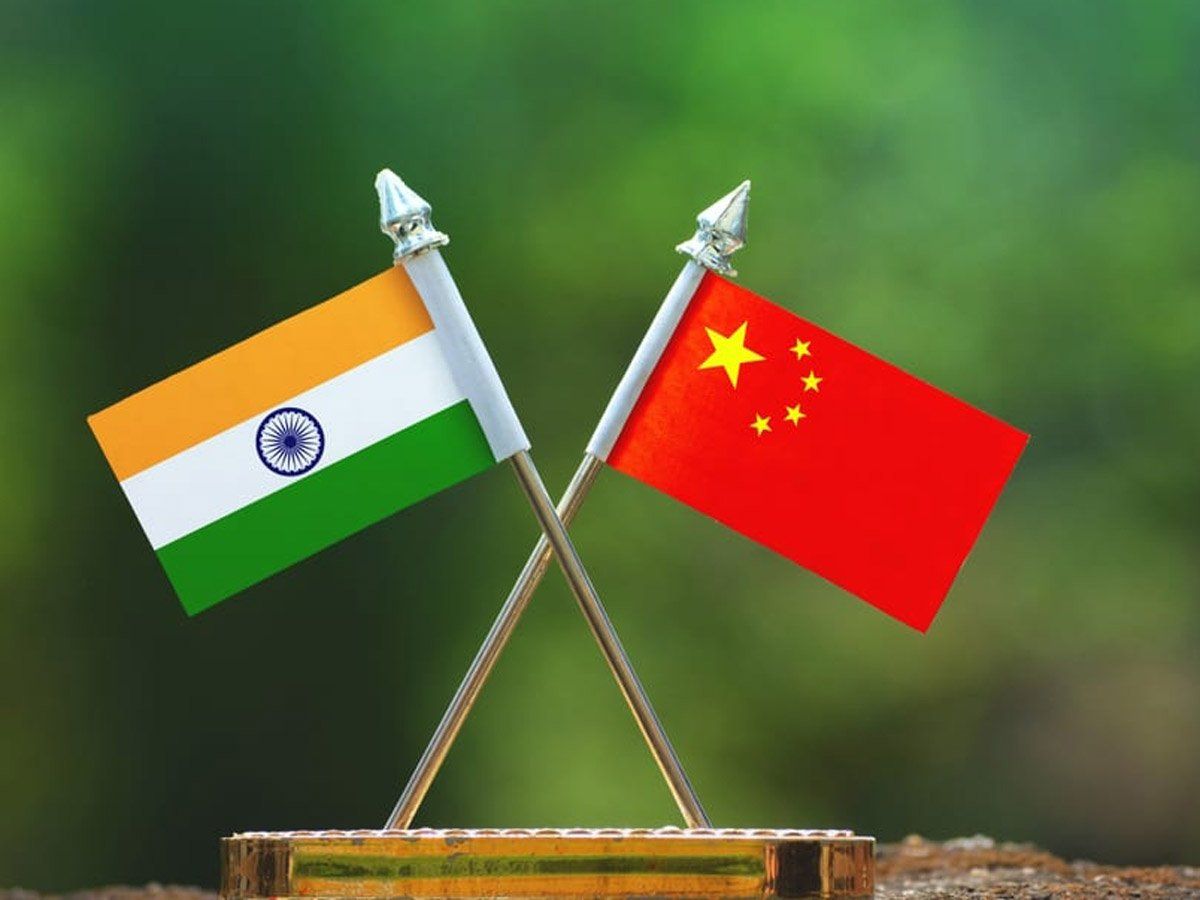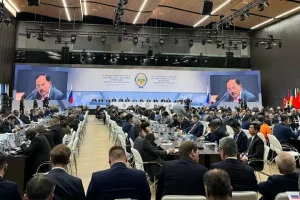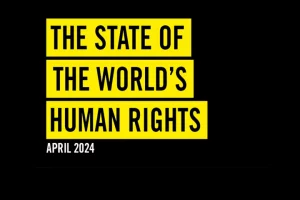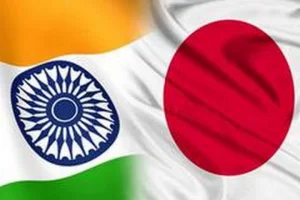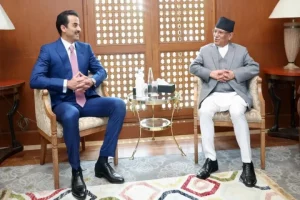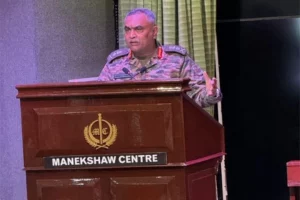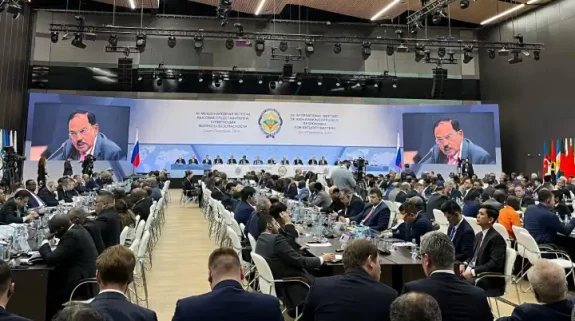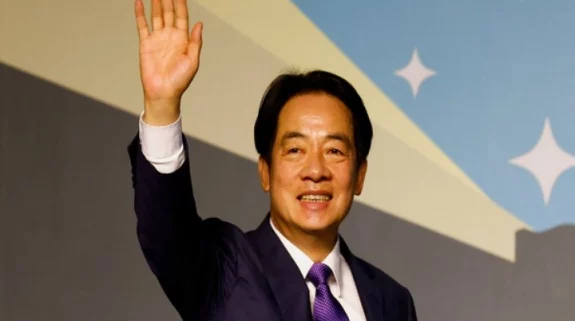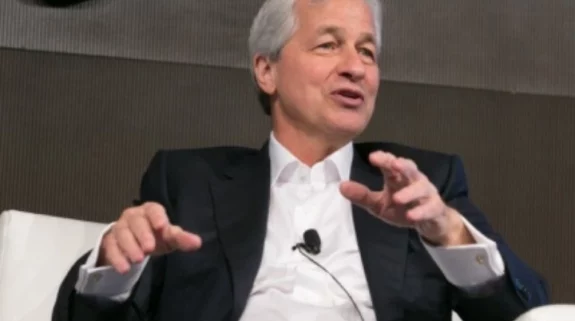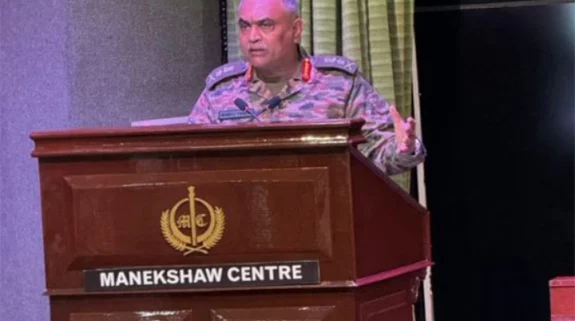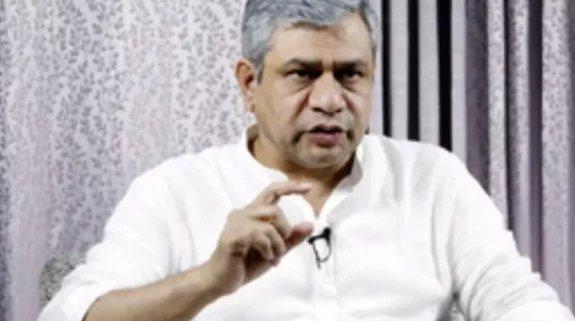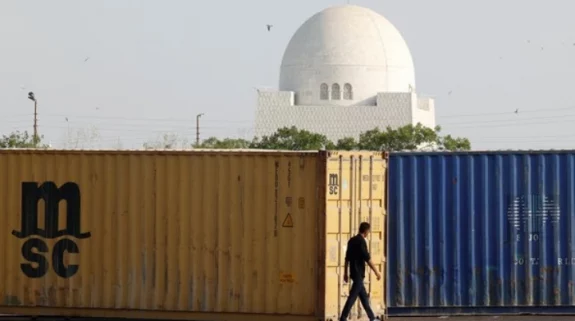The phased withdrawal of Chinese and Indian troops from Ladakh, which began on Wednesday appears to be moving smoothly so far.
But, going beyond pull out, China may have to take concrete steps in order to begin rebuilding trust with India. This is surely not the time for euphoria, though getting China accept restoration of the status quo ante as it prevailed in April 2020, prior to the standoff, is no mean achievement.
The Hindustan Times is reporting on Friday that armoured units of the Indian Army and the People’s Liberation Army (PLA) started withdrawing from north and south banks of the frozen Pangong Tso on Wednesday morning. By Thursday, PLA had withdrawn more 200 main battle tanks from the south banks of Pangong Tso and had positioned no less than 100 heavy vehicles to ferry its troops from fingers on north banks to Srijap sector, east of Finger 8. The speed of Chinese withdrawal has actually surprised the Indian army brass and national security planners.
The daily quoted top government officials as saying that the disengagement at Pangong Tso began at 9 am on Wednesday after an agreement was reached between India and China after several rounds of back-channel negotiations handled by top ministers and officials, including National Security Adviser (NSA) Ajit Doval, and external affairs minister S. Jaishankar with their counterparts in Beijing. The outcome was achieved after India stood firm on its position in east Ladakh and its aim of not conceding any territory.
On Thursday, Defence Minister Rajnath Singh had informed Rajya Sabha that sustained talks with China have led to an agreement on disengagement of troops on the north and south banks of Pangong Lake in Ladakh by both sides. Under the pact, China will keep its troops to the east of Finger 8 at the north bank of Pangong Lake while India will keep its troops at its permanent base at Dhan Singh Thapa Post near Finger 3.
Despite the on-going pullback, what specific actions should China take before New Delhi can seriously consider rebuilding bridges of trust, which were washed away by the Galwan incident of June 15 when 20 Indian troops and an undeclared number of Chinese soldiers were killed in a brutal brawl?
For starters, once the troop withdrawal has been completed and the status quo ante has been verifiable restored, China engage with India in border talks with a clear intent, political will and urgency to rapidly resolve the boundary issue once and for all.
In the past India had agreed to de-couple the border issue with the India-China economic engagement. In the backdrop of the June 15 incident New Delhi no longer considers this formulation valid. It is unlikely that India will reverse key measures, to decouple the Chinese and Indian economies, especially in the hi-tech and cyber domains. While the standoff in Ladakh was underway India has adopted the Atmanirbhar Bharat economic doctrine, of making India a hub of global manufacturing including exports, built around new supply chains, which are not critically dependent on China.
Second, China has to demonstrate that it is not opposed to India’s rise as a great power. That would mean that Beijing has to drop its objections, and unambiguously support India’s entry into the United Nations Security Council (UNSC), as has been done by the other four permanent members of the Security Council. Downstream, instead of behaving like an outlier, China needs to swiftly remove its objections to India’s membership of the Nuclear Suppliers Group (NSG), and, in future, other elite forums of global relevance and influence, including those falling under the UN umbrella.
Third, Beijing needs to accept and welcome India as a fellow “civilizational state,” and recognise that its cultural influence in China, going beyond the introduction and spread of Buddhism, has been profound. For too long China’s “exceptionalist” self-perception has been guided by its Middle Kingdom hubris.
China now needs to breakout of its historically ingrained Middle Kingdom mindset that it is the centre of the “universe,” connected to less equal “tributary” states. Sooner or later, such an anachronistic self-imagination is bound to trigger a collective blowback against China on a regional, if not on an international scale. The protests in Hong Kong and rumblings in the Indo-Pacific are symptoms that a bigger storm, at a popular level, against the Party-state is brewing in the region.
Finally, China needs to unambiguously respect India’s geo-cultural space, which, for historical reasons has extended into Central, South and Southeast Asia, the Indian Ocean territories as well as along India’s extended neighbourhood to the west.
China’s deliberate attempts, to curtail Indian influence in its neighbourhood, running against the grain of history, is a strategic misstep, which, sooner or later, is bound to backfire. In far history, the Indian and the Confucian civilizations have exemplified peaceful co-existence. If that mindset of shared geo-cultural space, peaceful intent, and a vibrant economic relationship built on trust and mutual respect can once again become the touchstone, it may lay afresh, a real foundation to re-build India-China ties in the 21st century.






